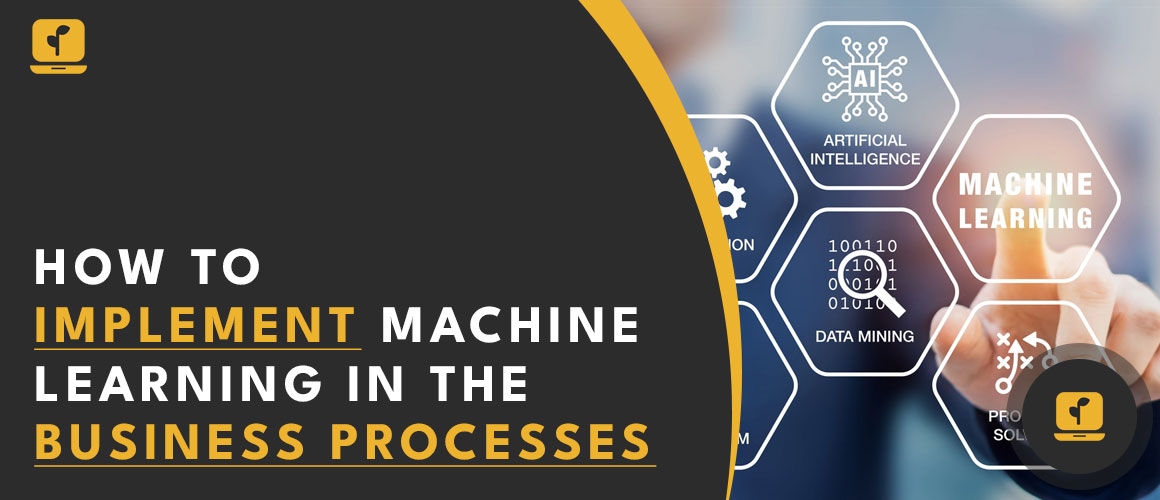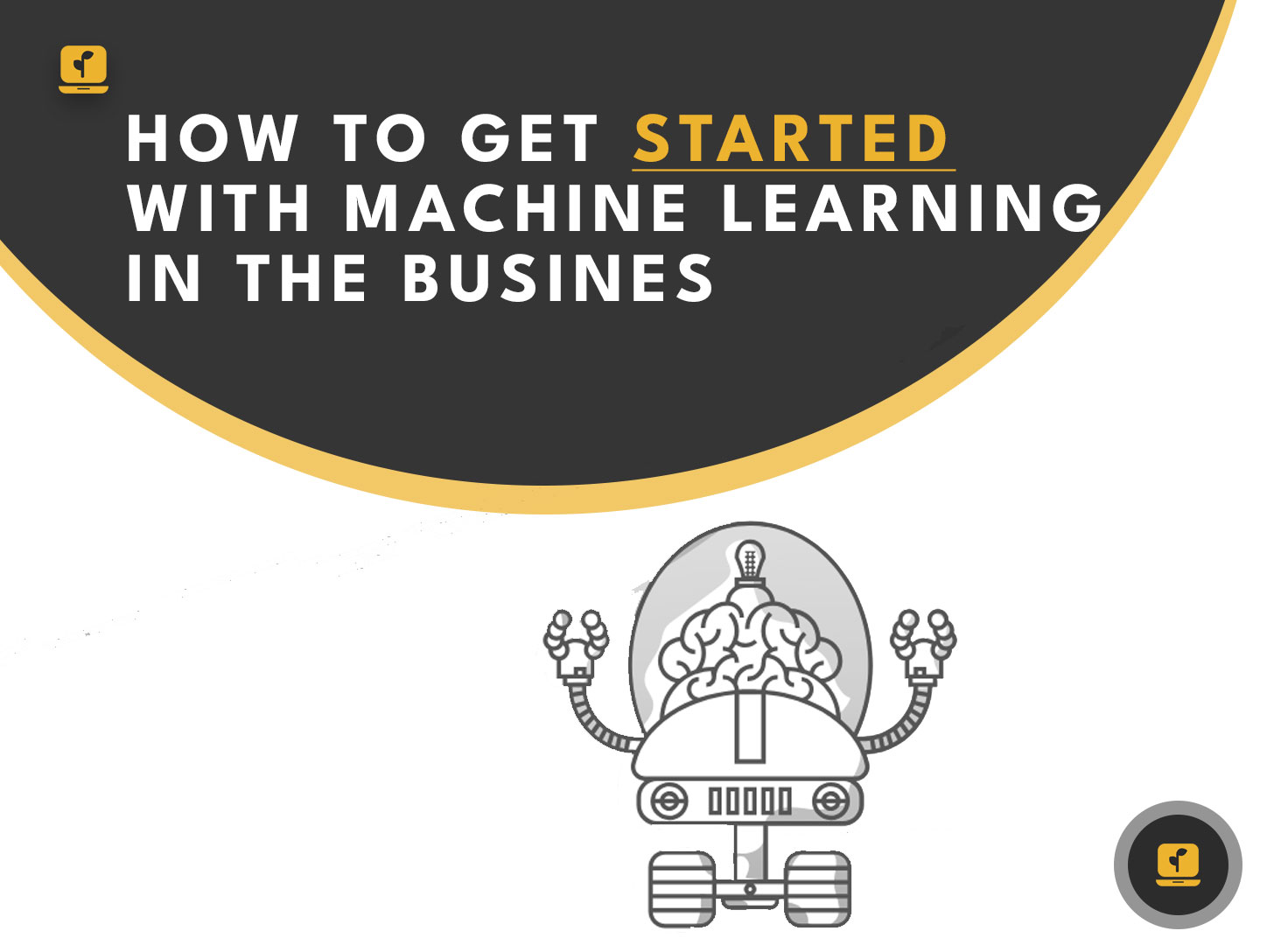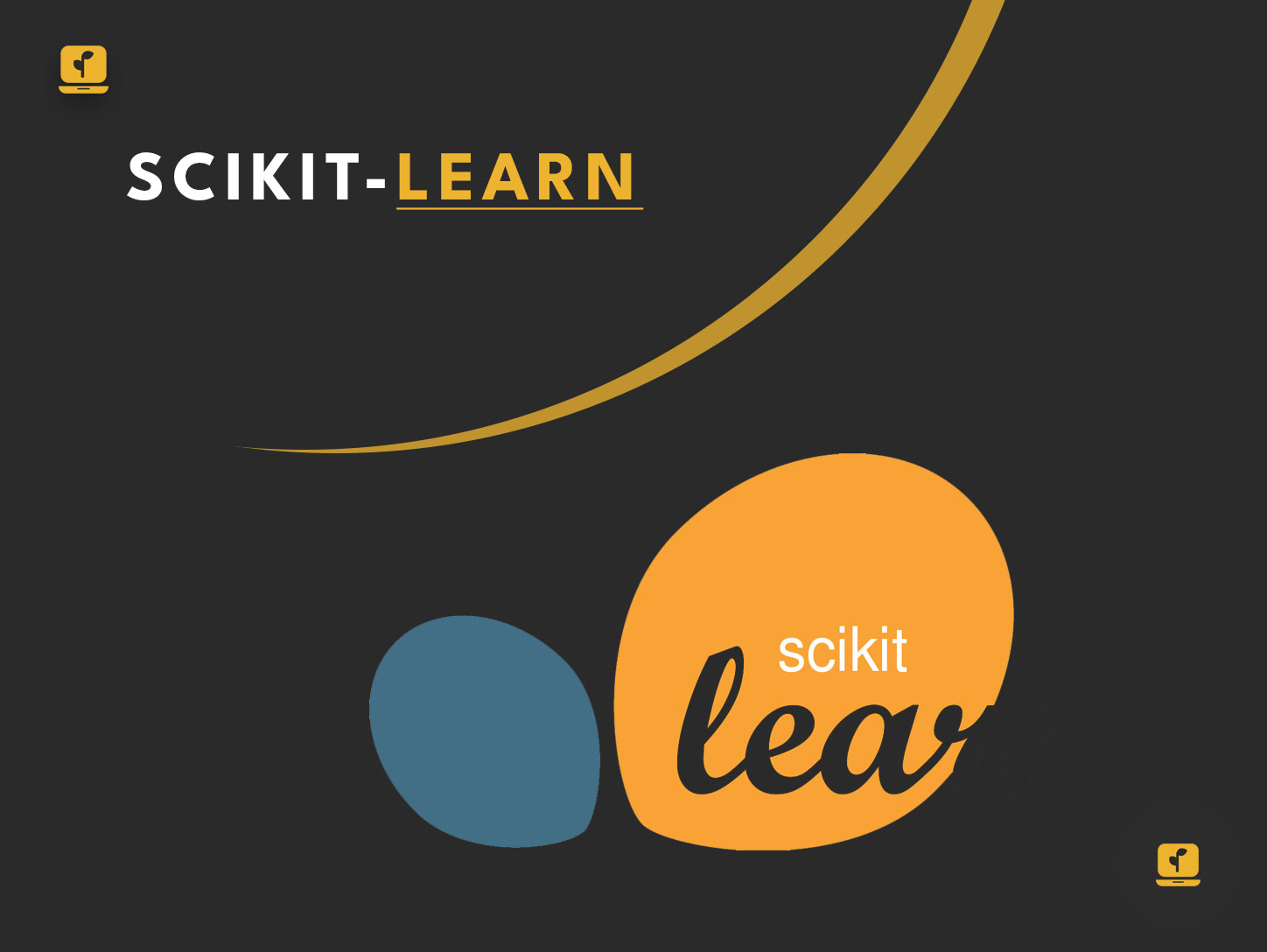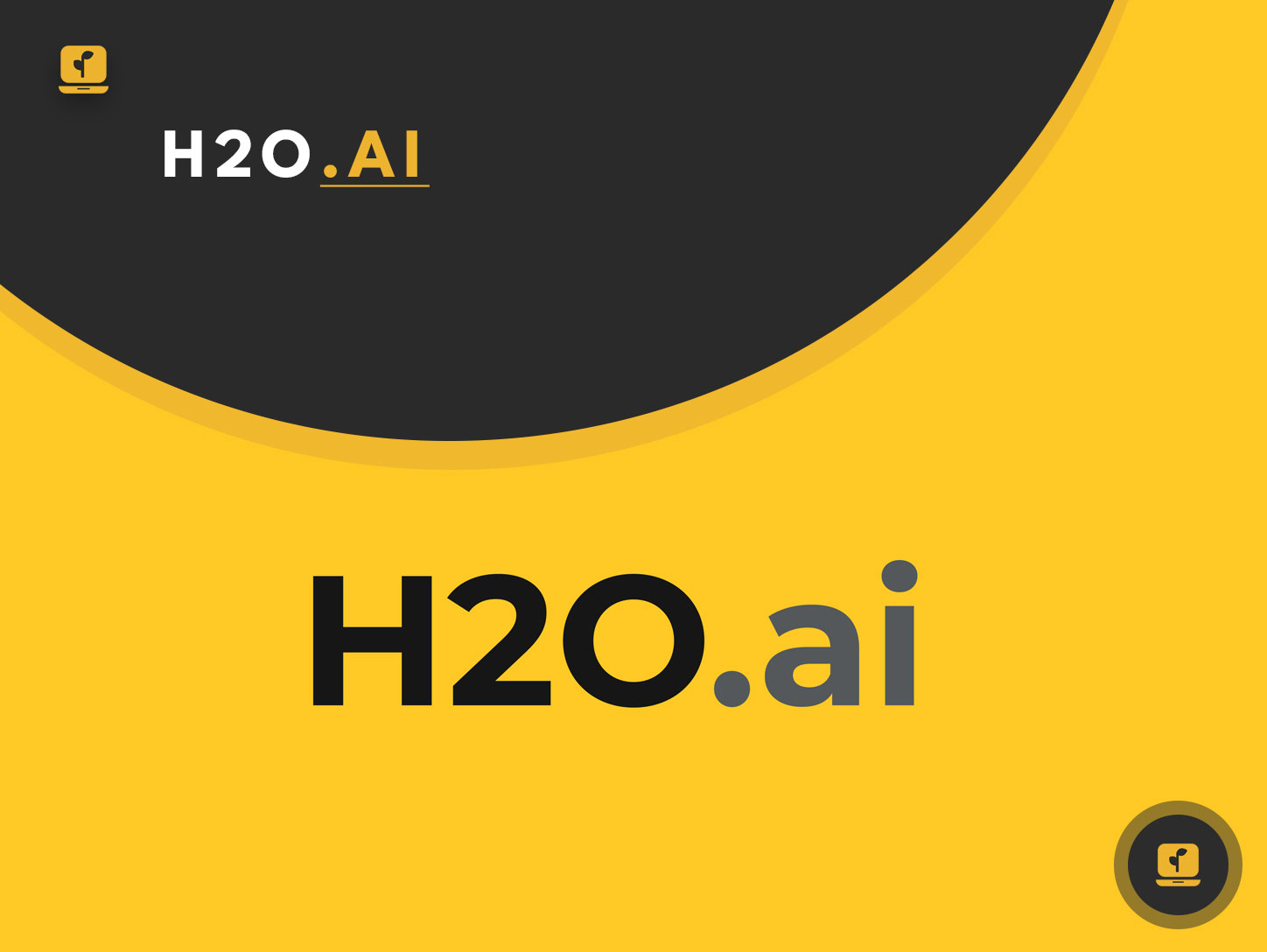As a business owner or manager, you are always looking for ways to improve your processes and stay ahead of the competition. One of the most promising technologies that can help you achieve these goals is machine learning.
Table of Contents
Machine learning refers to the process of training algorithms to learn from data and make predictions, without being explicitly programmed. In this article, I will explain how machine learning can be used in business processes, the benefits it provides, and the challenges you may face when implementing it.
Benefits of Implement Machine Learning in Business Processes
There are many benefits of using machine learning in business processes. Here are some of the most important ones:
- Improved Decision Making – Machine learning algorithms can analyze large amounts of data and identify patterns that humans may miss. This can help you make better decisions about your business, such as which products to offer, which customers to target, and which marketing strategies to use.
- Increased Efficiency –Machine learning can automate many tasks that are currently done manually, such as data entry, data analysis, and customer service. This can help you save time and money, and reduce the risk of errors.
- Better Customer Experience – Machine learning can help you personalize your interactions with customers, by analyzing their preferences and behavior. This can help you provide better customer service, and increase customer loyalty and satisfaction.
- Competitive Advantage – By using machine learning, you can gain insights that your competitors may not have access to. This can help you identify new opportunities, and stay ahead of the competition.
Machine Learning Use Cases in Different Industries
Machine learning can be used in many different industries, such as healthcare, finance, manufacturing, and retail. Here are some examples of how it is being used:
- Healthcare – Machine learning can be used to analyze medical images, such as X-rays and MRIs, and identify patterns that may indicate disease. It can also be used to predict which patients are at risk of developing certain conditions, and to personalize treatment plans.
- Finance – Machine learning can be used to identify fraudulent transactions, predict stock prices, and assess credit risk. It can also be used to personalize investment advice, and to optimize trading strategies.
- Manufacturing – Machine learning can be used to optimize production processes, by predicting equipment failures, identifying bottlenecks, and minimizing downtime. It can also be used to improve quality control, by detecting defects in products.
- Retail – Machine learning can be used to personalize product recommendations, predict customer churn, and optimize pricing strategies. It can also be used to improve supply chain management, by predicting demand and optimizing inventory levels.
How to Get Started with Machine Learning in Business
If you are interested in using machine learning in your business, here are some steps you can take to get started:
- Define Your Goals – Before you start using machine learning, you need to define your goals. What problems do you want to solve? What insights do you want to gain? What outcomes do you want to achieve?
- Collect and Clean Your Data – Machine learning algorithms require large amounts of data to be trained effectively. You need to collect and clean your data, to ensure that it is accurate, complete, and relevant to your goals.
- Choose Your Algorithms – There are many different machine learning algorithms, each with its own strengths and weaknesses. You need to choose the algorithms that are best suited to your goals, and that can be trained effectively on your data.
- Train Your Algorithms – Once you have chosen your algorithms, you need to train them on your data. This involves feeding your data into the algorithms, and adjusting their parameters to improve their accuracy.
- Test and Evaluate Your Models – After you have trained your algorithms, you need to test and evaluate their performance. This involves using a separate set of data to see how well they generalize to new data, and comparing their performance to other models.
Best Books for Learning Machine Learning in Business
If you want to learn more about how to use machine learning in business, here are some books that can help:
“Machine Learning for Dummies” by John Paul Mueller and Luca Massaron
This book provides a comprehensive introduction to machine learning, with a focus on practical applications for business.
“Python Machine Learning” by Sebastian Raschka
This book provides a hands-on guide to using machine learning with Python, with a focus on real-world examples and best practices.
“Applied Machine Learning” by Kelleher and Tierney
This book provides a practical guide to using machine learning in business, with a focus on data preparation, model selection, and evaluation.
Companies Using Machine Learning in Their Business Processes
Many companies are already using machine learning to improve their business processes. Here are some examples:
- Amazon – Amazon uses machine learning to personalize product recommendations, optimize pricing, and improve supply chain management.
- Netflix – Netflix uses machine learning to personalize content recommendations, predict which shows will be popular, and optimize its streaming infrastructure.
- Uber – Uber uses machine learning to optimize ride-sharing routes, predict demand, and prevent fraud.
Machine Learning Tools for Businesses
There are many machine learning tools that can help businesses implement machine learning in their processes. Here are some examples:
TensorFlow
TensorFlow is an open-source machine learning library developed by Google. It can be used to build and train machine learning models, and to deploy them in production.
Scikit-learn
Scikit-learn is a machine learning library for Python. It provides a wide range of algorithms and tools for data preprocessing, model selection, and evaluation.
H2O.ai
H2O.ai is a machine learning platform that provides tools for data visualization, data preprocessing, and model building. It also includes a library of pre-built models that can be used for common use cases.
Common Challenges in Implementing Machine Learning in Business Processes
Implementing machine learning in business processes can be challenging, for several reasons:
- Data Quality – Machine learning algorithms require high-quality data to be trained effectively. If your data is incomplete, inaccurate, or biased, your models may not perform well.
- Expertise –Machine learning requires specialized skills and knowledge. If you don’t have the expertise in-house, you may need to hire data scientists, or work with third-party vendors.
- Integration – Integrating machine learning into your existing processes can be complex. You may need to modify your data infrastructure, or develop new software systems to support your models.
Future of Machine Learning in Business
Machine learning is still a relatively new technology, but its potential for business is immense. As it becomes more widely adopted, we can expect to see more innovative use cases, and more tools and platforms to support its implementation. However, there are also concerns about the ethical implications of machine learning, such as bias, privacy, and accountability. It is important for businesses to be aware of these issues, and to take steps to address them.
Conclusion and Next Steps for Implementing Machine Learning in Your Business
Machine learning has the potential to transform your business processes, and provide you with a competitive advantage. However, implementing it can be challenging, and requires careful planning and execution.
If you are interested in using machine learning in your business, I recommend that you start by defining your goals, collecting and cleaning your data, and choosing the algorithms and tools that are best suited to your needs. You should also be prepared to invest in the expertise and resources needed to make machine learning a success. With the right approach, machine learning can help you achieve your business objectives, and stay ahead of the competition.



















